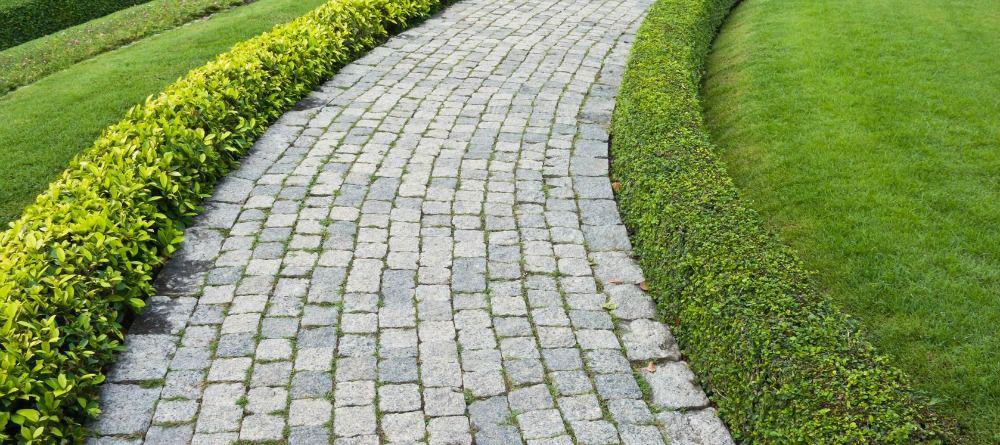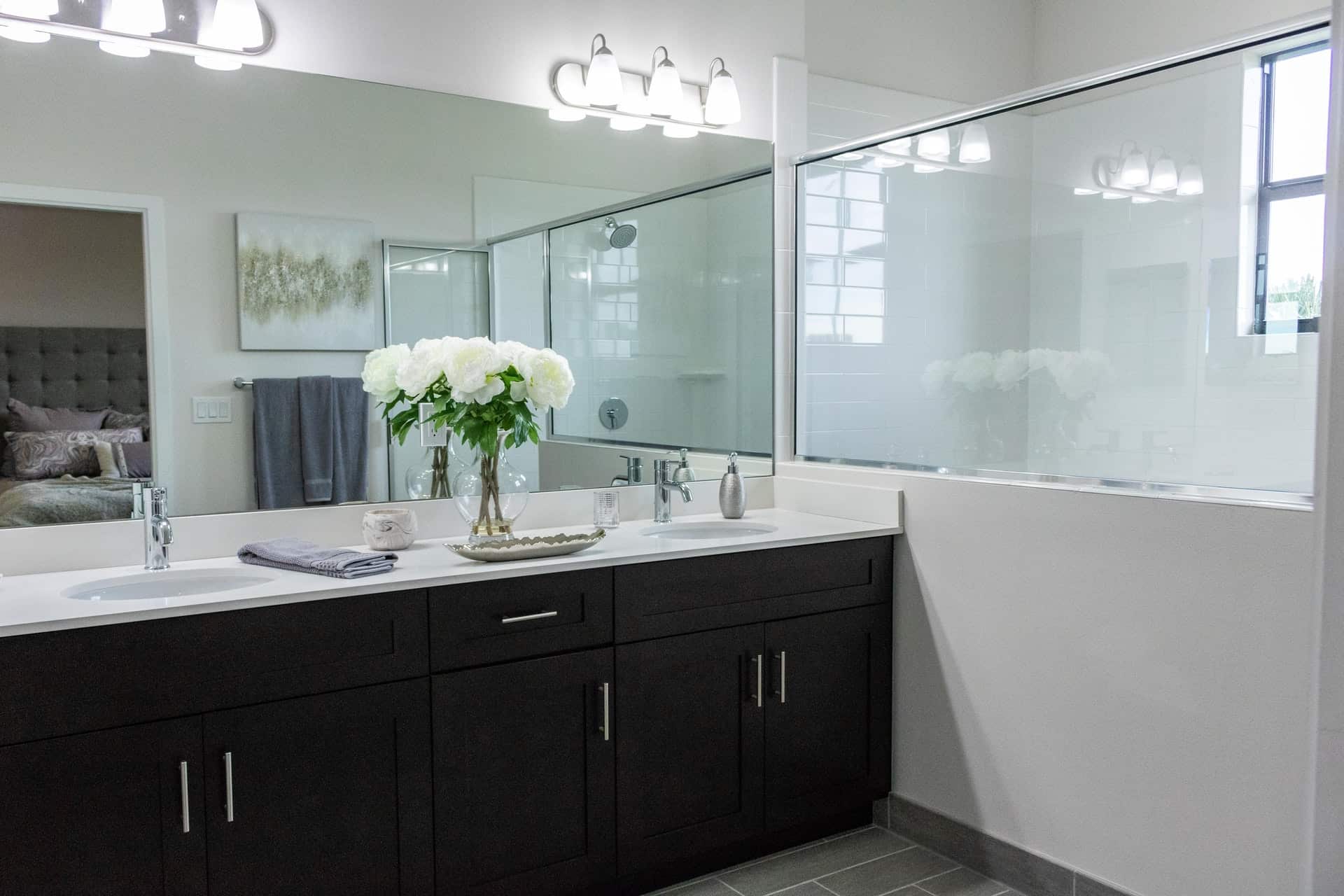Looking for a way to freshen up your entire home for 2022? Or are you building your dream house and wondering what sort of stone flooring will best suit your design?
Natural stone is an excellent choice of material for use for your flooring for a wide range of reasons:
- It’s stunning aesthetically.
- It’s functional and hard wearing.
- It never goes out of style.
- It’s easy to maintain and keep clean.
- It’s unique with no other identical slab anywhere else in the world.
So, what are the top stone flooring ideas for you to consider? We’ve curated a list to help inspire, excite and inform on all things stone flooring for indoor and outdoor use.
Rustic Limestone Tiles
Limestone is a popular natural stone material for use in both indoor and outdoor construction. Known for its earthy quality and natural-looking shades and tones, limestone is wonderful for use in homes with a rustic or country design style.
Limestone flooring perfectly complements exposed and rugged stonework on walls, cream or light coloured kitchen cabinetry and units, and homes that incorporate other natural (think wood) features and accessories.
White Marble Flooring
To say that white marble has come back into style implies that it was out of style. While that might not be strictly true, it is true that the elegant white marble stone with its distinct cloudy veins and milky shades is certainly a popular trend moving into 2022.
White marble not only looks sophisticated and beautiful but it also helps to brighten up a space. Using marble stone kitchen tiles or incorporating marble flooring in your bathroom will help make the entire space seem larger and more inviting. Plus, marble offers the added benefit of suiting traditional decor or modern, minimalist design styles as well.
Large Stone Tiles
If the minimalist aesthetic of clean white marble isn’t really for you, and you’re looking for something with more visual texture, a rippled stone flooring design might be the key. Large format stone tiles–we’re thinking limestone or travertine–cut long-ways can create an almost wood-like appearance.
This sort of aesthetic not only looks remarkable on its own, but when teamed up with wood and stone incorporated in the rest of your house, it looks like a real treat!
Flooring with a Rough Stone Finish
While there are certainly cleaning and maintenance aspects to rough finished stone flooring to consider, there is no doubt that there’s a unique rustic charm to a stone floor with a rough yet polished finish.
Rough stone gives the entire room a sense of earthiness and injects a huge amount of style into just about any space. Of course, this will mean that the floor is uneven, but done professionally and elegantly the aesthetic style sure makes it worth it.
Sleek Stone Tiling
If you’re looking to go to the other end of the stone flooring spectrum, then simple square or rectangular stone styles with a sleek and brushed finish is the way to go. With your choice of shade, pattern and stone material, there’s plenty of opportunity to still make this design your own.
Particularly useful for areas of the house that you want to seamlessly blend together, like a living area and dining space, or hallways and entrance hall, sleek stone tiling may be simple but its effect is nothing but extraordinary.
Mix and Match Stone Flooring
Another fantastic stone flooring idea is the incorporation of multiple different tones of marble, granite or another natural stone in a custom pattern. Instead of using just one colour or shade, you benefit from a real multi-dimensional visual aesthetic. Not all stone floors need to be arranged in large tiles or slabs. Mixing and matching different shades of stone in a neat pattern can be an excellent way for you to add depth to a space without the effect being overwhelming.
Herringbone Pattern
Herringbone stone tiling is back! Opting for a herringbone pattern for your stone flooring gives you the best of both worlds: the elegant simplicity of stone tiles with the sophisticated complexity of a geometric pattern.
There’s even a lot of opportunity to tailor your herringbone stone floor further. You can incorporate a blend of two different stone tiles to give a bit of a contrast (we recommend going dark and light) or you can even seamlessly blend your walls and floor by having the herringbone pattern seamlessly flow from the floor up the wall.
Black and White Checkered Stone Flooring
There’s something classic and enthralling about a black and white marble checkered stone floor. Whether you want to use it in the kitchen to match your white and black cabinetry and appliances, or in your bathroom where it will elevate the entire space with sophisticated style, this stone idea can go just about anywhere.
Marble stone itself comes in a wide variety of shades of black and white, each with a unique level of contrasting veining and flecks. This all makes for an opportunity to create a truly eye-popping flooring design.
Black Slab Indoor Flooring
Want something bold and full of character? If your home is all about rich luxury and moody style, an all black stone slab flooring can do wonders. Paired with brass or gold accessories and fixtures, dark granite or other stones can really bring your home to life.
Of course, you don’t have to go for single-shade black stone either. Many black stone slabs come with natural veining or a natural grainy quality that will help to diffuse the ‘oppressiveness’ of single shade black without losing the unique aesthetic quality.
Let’s Discuss More Stone Flooring Ideas Today!
There you have it, some of the hottest stone flooring trends for 2022. If you’re still unsure what sort of stone kitchen tiles you should choose for your home, or wondering what’s the most practical stone flooring for your indoor space, our team at Euro Marble can’t wait to help.
Get in contact with us today for all things natural stone and flooring!










